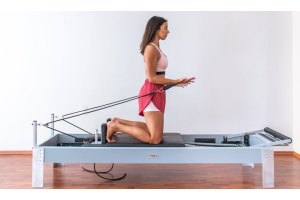Running Injuries
When running; have you started developing various injuries, from knee pain, stress fractures to tendonitis? Your first port of call may be the doctor. You may experience having an ultrasound, electric stimulation, orthotics, etc but still your problem hasn’t been fixed. Then you try a physio. You may be told you have weak glutes, your quadriceps is in balanced, and you have tight hip flexors or fallen arches in your feet. No wonder many once enthusiastic runners finally feel the need to accept that their bodies simply are no longer made for running. The outcome….giving your love for running up!
If this sounds all too familiar, you may want to read on and actually consider your running technique. It doesn’t matter how big your thighs are, how strong your body is. If your running technique is not right nothing will help you become a stronger, faster runner. Here are some basic points to consider when you are running
1. Body Position
Generally speaking, you want to be running with your head in a neutral position, looking forward, and with your shoulders down and back. If you run with your head down, this will cause your shoulders to round. This may happen sometimes when running cross country but generally you should run in a neutral position for as much as you can. Your arms should stay at about ninety degrees, swinging your arms forward and back with your elbow tight to your body. Try not to stick your elbows out like chicken wings, or bring your arms across your body as this will waste energy. All your movement should be helping you to move forwards not sideways!
2. Stride Length
The majority of runners will be over striding. By doing this it will make you land on your heel. The effect of this is like slamming on the brakes on! The key factor to running is making minimal effort for maximum output. The best way to do this is to land front- or mid-foot with your body positioned more or less over top of your leg so you can push forward off it.
3. Breathing
Try and get into a good breathing rhythm, it may or may not match what your legs are doing. Your breathing will give you an indication of how hard you are working. If you are running long distances, you should be able to breathe comfortably enough to carry a conversation. If you can’t, you will need to slow down until you get your breathing back.




